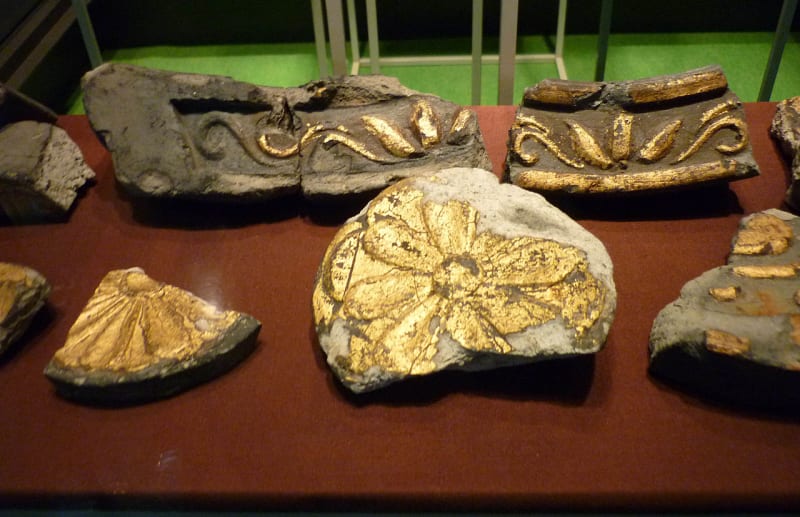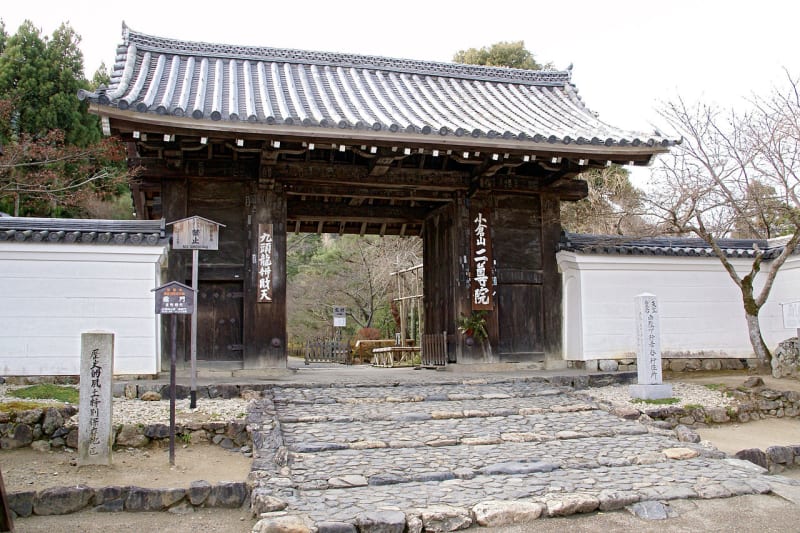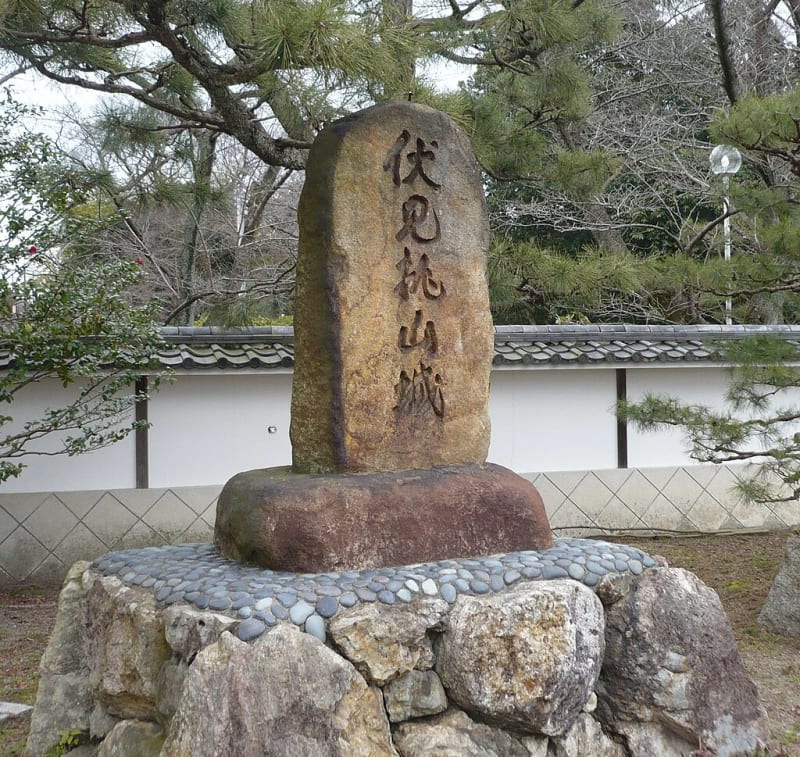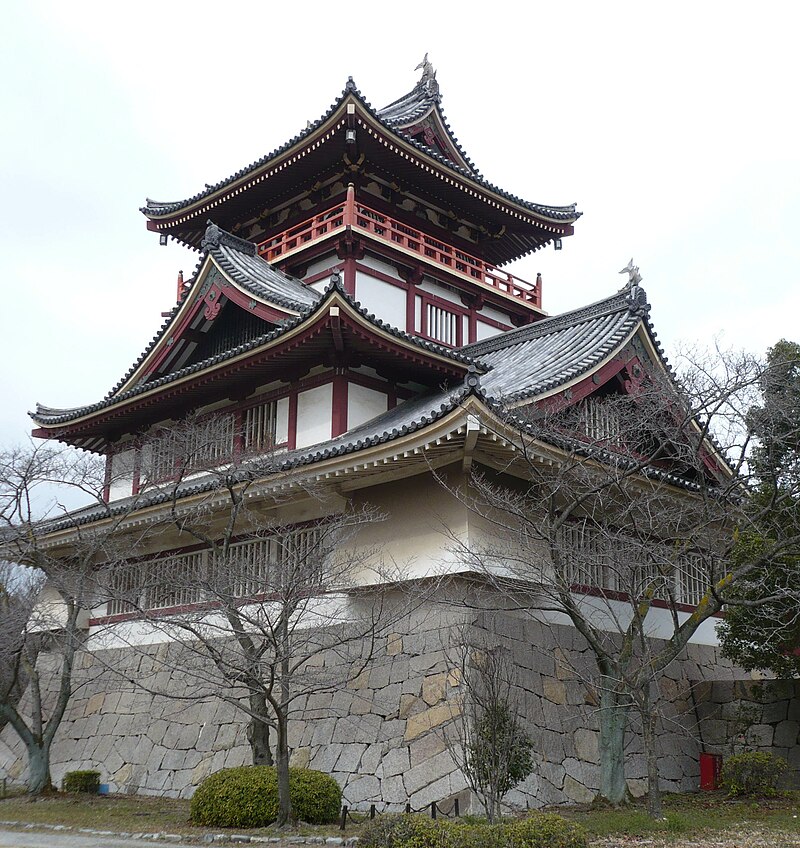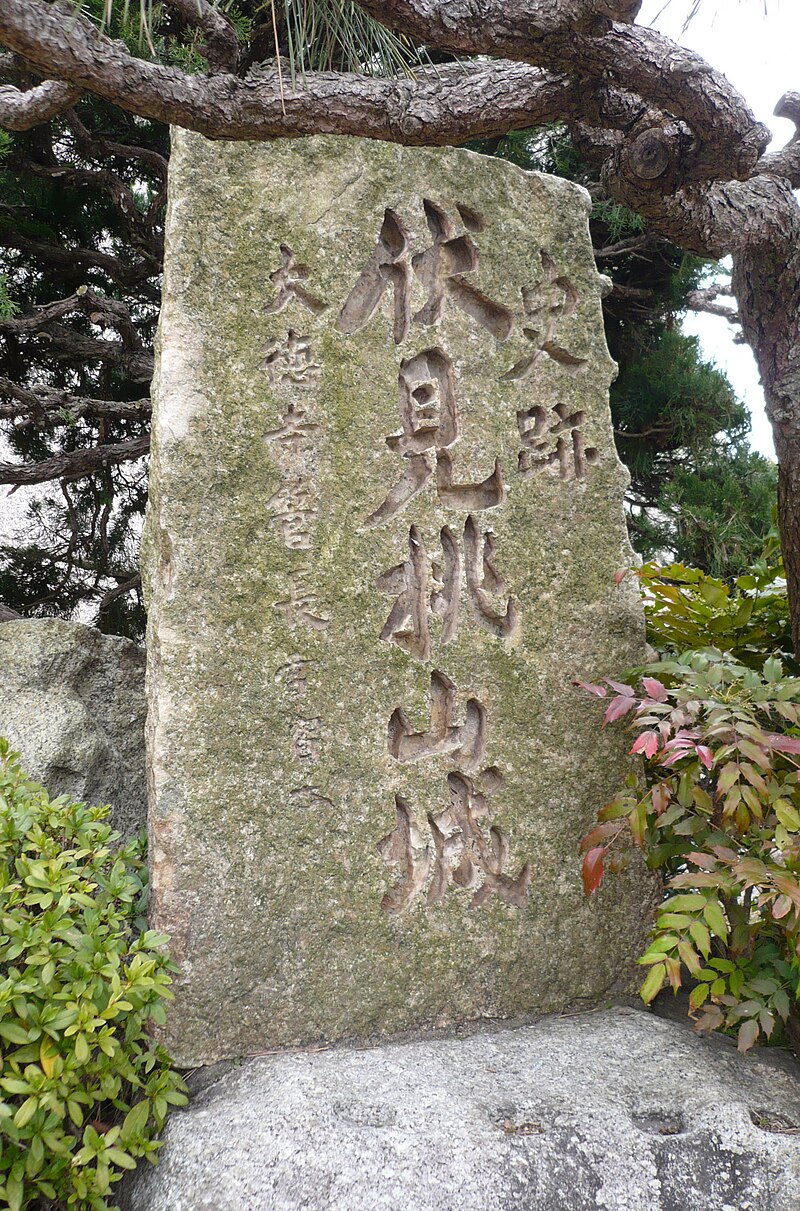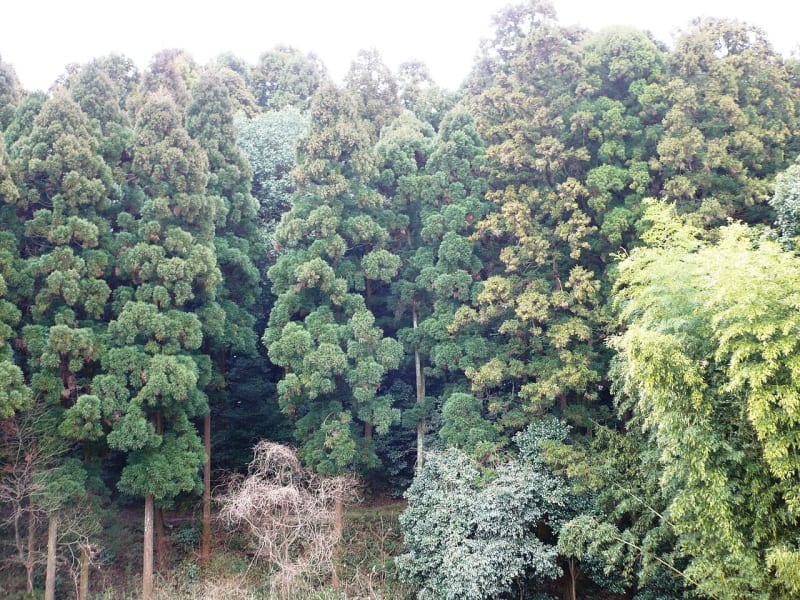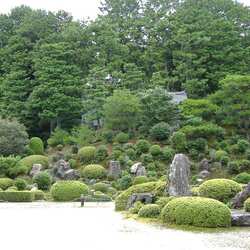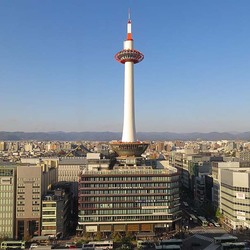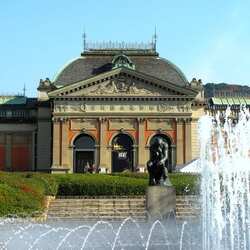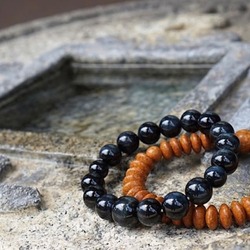Fushimi Castle
Fushimi Castle also has another name, Momoyama Palace, after the hill on which it is located. It was built in 1594 near Kyoto, the location was not chosen by chance. In addition to its strategic significance, it also had a sacred significance - the 50th Japanese Emperor Kammu, who founded the capital Kyoto, was buried on the hill. Such castles at that time had two purposes - a powerful fortification on the outside and a luxuriously decorated palace on the inside.

History of Fushimi Castle
It was built by the famous politician and military commander Toyotomi Hideyoshi, demonstrating his wealth and power. The residence was intended for negotiations with representatives of China and was subsequently to be transferred to Hideyori, Toyotomi's son. 30,000 people were involved in the construction. It lasted for two years. A year after the start, an earthquake struck, and Fushimi Castle almost completely had to be rebuilt. During the construction period, the course of the Uji River was changed so that it and the Yodo River could easily get from the fortress to the Inland Sea of Japan.
In 1600, when Toyotomi died, the castle was captured by Tokugawa Ieyasu's supporters after a siege. As a result of the battles, about 5,000 defenders and attackers died. The fortress was badly damaged, but in 1602 Ieyasu restored it. The following year, he was appointed shogun, and the castle became his headquarters.
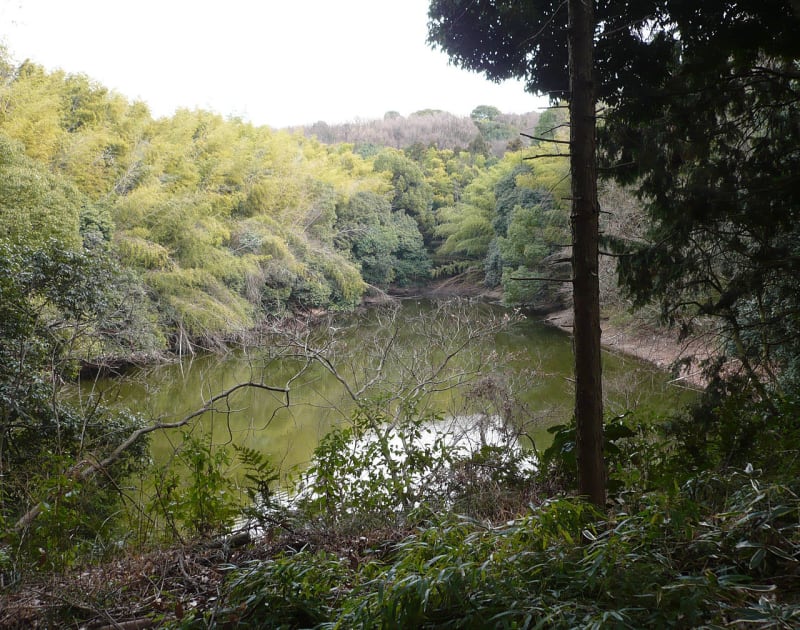
Features of Fushimi Castle
After the death of Toyotomi Hideyoshi, the importance of the castle-fortress gradually lost its magnitude and status. In 1619, it was decided to eliminate it altogether. In 1625, the plan was realized. The luxurious interiors of Fushimi Castle were looted. Some of them have been found in other palaces and even temples. For example, a unique wooden floor appeared on the ceiling of the Yogen-In temple, and some of the fortifications were used for Fukuyama and Osaka Castles.
According to the mentions of the palace in ancient documents, it can be argued that the most magnificent hall of the castle was the golden tea room. It was richly decorated with gold leaf, almost completely covering the room. To date, the interiors of the palace have not been preserved. Emperor Meiji was buried in a tomb on the castle grounds in 1912. In 1964, Fushimi Castle was restored, creating a replica of it. The reconstruction was carried out according to the preserved old drawings, but it was slightly postponed. A beautiful park has been laid out around the castle. Every spring, it acquires a unique look created by cherry blossoms.
